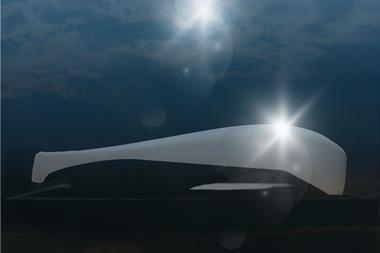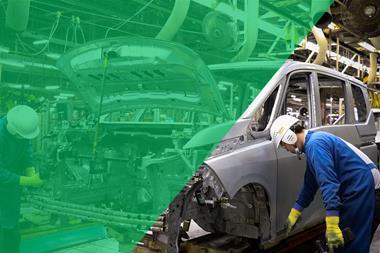
SSAB discusses the benefits of using advanced high-strength steel in vehicle structures
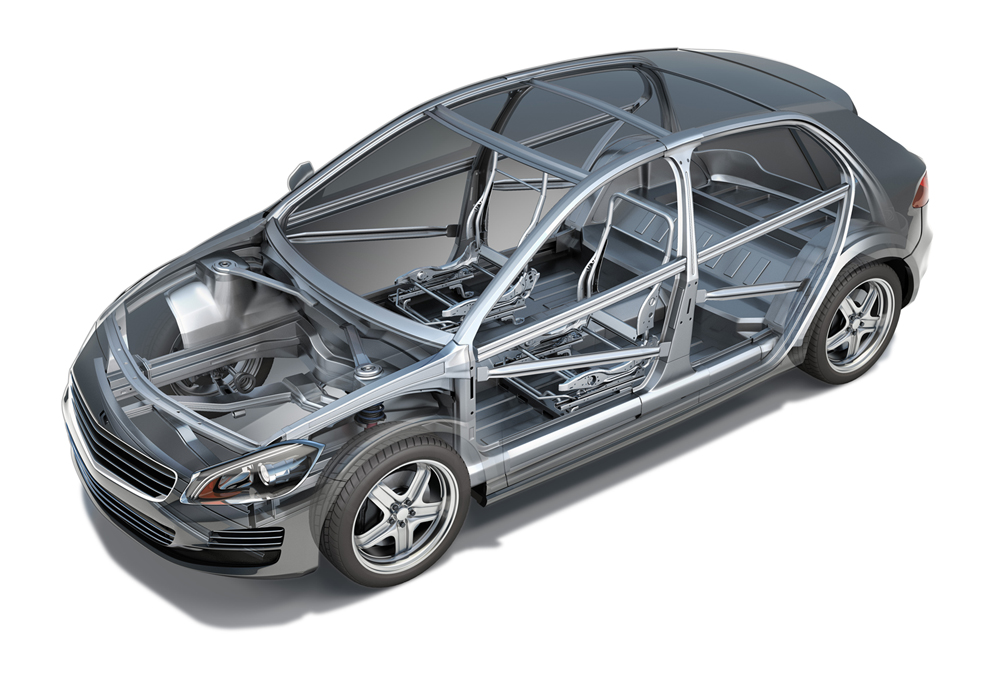 “When it comes to cost efficiency, environmental issues and value for money, nothing can compete with advanced-high strength steel [AHSS]. The only problem we have today is that our top product could probably use a more sexy image”.
“When it comes to cost efficiency, environmental issues and value for money, nothing can compete with advanced-high strength steel [AHSS]. The only problem we have today is that our top product could probably use a more sexy image”.
Kenneth Olsson works with the business development team at SSAB, which has been supplying the automotive industry worldwide for more than 20 years with steel grades that have made cars lighter, safer and stronger.
“Even though there is a lot of media-hype about new, exotic materials for future vehicles, nothing compares to steel when you look at the whole picture”, states Olsson. “Maybe you can produce a car a few kilos lighter with extensive use of carbon fibre reinforced plastic, but what happens when the car is worn out and it is time for recycling? Steel can be 100% recycled and has a scrap value”.
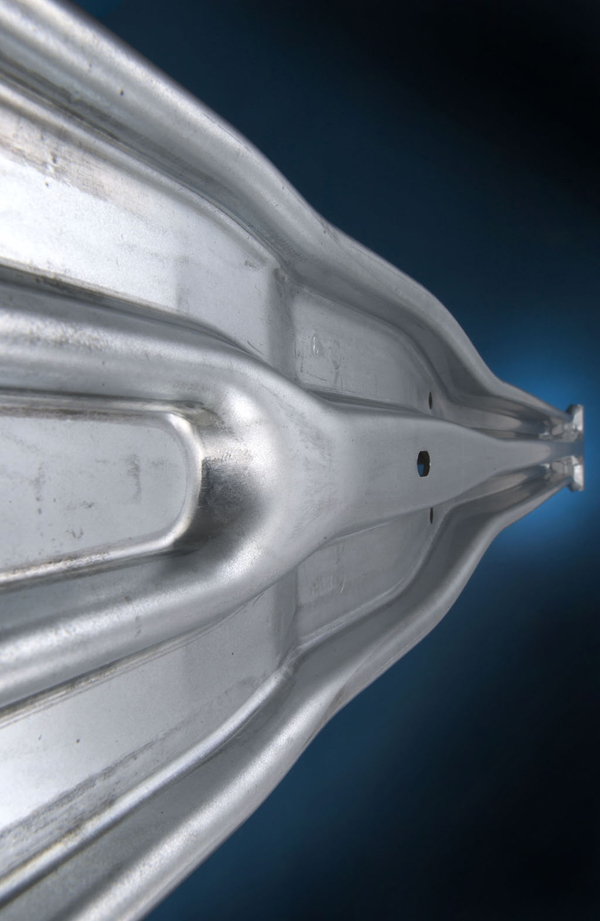 All through the life cycle
All through the life cycle
AHSS has its advantages all through the life cycle of a product, from the manufacturing of the steel, through the mill producing the steel sheet to punching, bending, welding and assembling the steel parts on the car.
“But it is even more beneficial for the final customer”, says Olsson. “Low weight pays off in reduced fuel consumption throughout the life span of the vehicle. And if something happens it is easier to repair a car made of high-strength steel. All workshops have experience of working with steel compared to cars made of new materials”.
The start of the high-strength steel era
The automotive industry is always looking to improve manufacturing efficiency. Car-makers are at the same time very sensitive for trends among customers. There had been no real demand for safer cars until Volvo made safety a sales argument. In the following years designing stronger, safer cars that could take rough treatment began to interest vehicle manufacturers. In some sense this was the beginning of the high-strength steel era in car manufacturing.
The overwhelming majority of the cars made today use AHSS to achieve top results in the Euro NCAP crash tests.
“There are other materials such as aluminium or composites being used on some cars, but AHSS still is the most cost effective choice to manufacture safe cars”, says Olsson.
[sam_ad id=35 codes=’true’]
This can be seen in the Future Steel Vehicle (FSV) concept study, done by the World Steel Association (WorldAutoSteel), of which SSAB is a member:
“Car body structures now feature high levels of AHSS”, notes Olsson. But it could be much more, as seen in the study.
Developing a 35% lighter car
The FSV study gives an example of the weight benefits that can be achieved by using high-strength steel. The designers of the concept managed to reduce the weight of a car body by more than 35% compared to a standard vehicle. The results demonstrated that using the FSV’s materials and manufacturing technologies, car companies can avoid pursuing more costly alternatives and complicated multi-material designs to achieve their goals.
AHSS has been available on the market for more than 20 years. But there are still a lot of cars using high levels of mild steel in their construction: “I would say that this is mostly the case in developing countries”, explains Olsson. “When price is more important than safety and environmental aspects it is difficult to get paid for the investment in better materials and techniques. But steel, particularly AHSS, is the only material that delivers improved environmental qualities, safety and vehicle performance at little or no cost penalty to the manufacturer”.
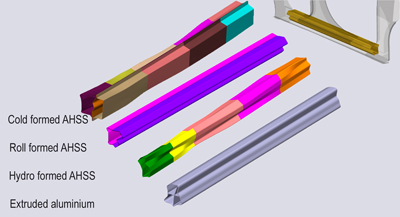 Tools & knowledge
Tools & knowledge
Currently it appears that there is more media coverage of composites (and other exotic materials) than about AHSS. Why? It could be that designers hesitate to upgrade from mild to high-strength steel because the differences seem too complicated. But there are free, easy to use tools available on the internet that can help.
WorldAutoSteel has produced the Advanced High-Strength Steel Application Guidelines, bringing together the world’s experience and knowledge on the use of the latest sheet steel technology. The guideline includes sub-sections on material description, forming and joining of advanced high-strength steel. It also adds data, which can be used to compare potential forming parameters, press loads, press energy requirements, and other parameters when switching between different steel types and grades.
Support a core issue
“Technical customer support has always been a core issue at SSAB”, states Olsson. “I would say that this is one of the secrets to why we are so successful in the market. To maintain our position as a leading manufacturer of AHSS we are developing even better high-strength steel grades, and our technical customer support is second to none”.
For more information please contact Marita Hane, SSAB EMEA AB
Email: marita.hane@ssab.com

































